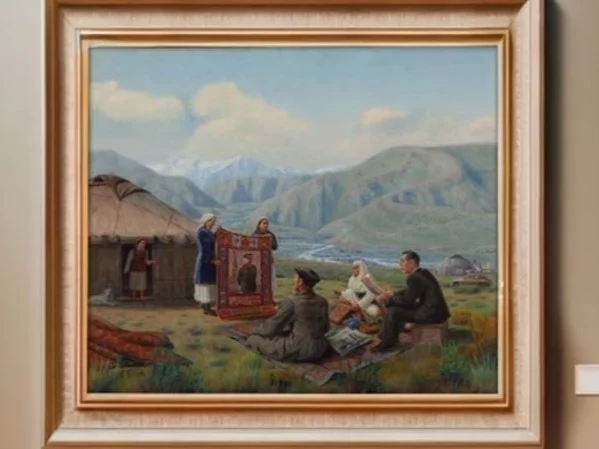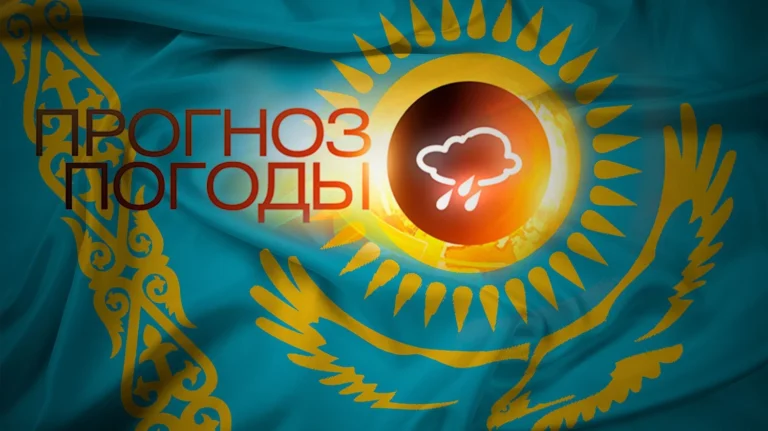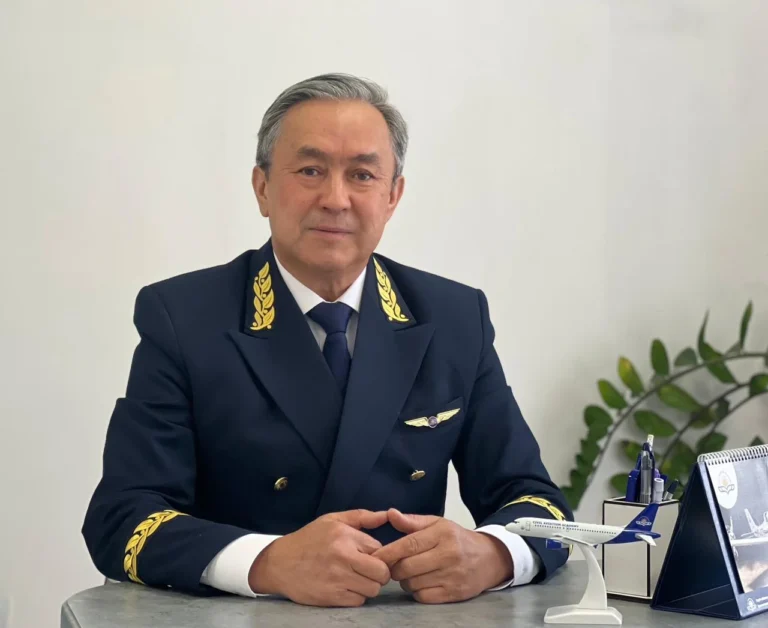Did ‘Father of Kazakh art’ avoid glorifying Stalin?

The State Museum of Art has opened a major exhibition of Abylkhan Kasteyev’s paintings to mark the 120th anniversary of the birth of the Father of Kazakh art.
The public will get a chance to see some of Kasteyev’s works that have never been displayed before.
However, perhaps because of the ongoing debate among art critics about whether Kasteyev glorified the Soviet period, the museum decided not to display “A Present to Stalin”.
After losing his father at an early age, Kasteyev became the family’s main breadwinner. As a child he liked to carve various sculptures out of wood, despite not getting any encouragement from the adults.

The local mullah even barred him from visiting the mosque for carving human figures using his sister as a model.
His talent was noticed when he was working on the construction of the Turksib railway line – which would later become the subject of one of his most famous paintings.
The bosses decided to send him to Almaty to learn painting at Nikolay Khludov’s studio.
His first personal exhibition was held in Almaty in 1942.
Understandably, a significant body of Kasteyev’s paintings was done in the genre of socialist realism –idealised depictions of ‘Sovietised’ Kazakhs at work and leisure, including a series called “The old and new ways of life”.
He also created ideological banners and posters during WWII when he worked for the official KazTAG news agency.
Kasteyev spent many years researching the 1916 uprising against the Russian colonial government and its leader Amangeldy Imanov. He visited the sites related to the rebellion and met witnesses. His research resulted in a series of works, including “Amangeldy’s Army”.
Kasteyev’s portrait of the rebel leader Imanov won him his first official award – the title of People’s Artist of the Kazakh SSR.
Kasteyev also left behind many landscape paintings, which, perhaps, were a kind of escape from socialist realism. His depictions of Kazakhstan’s nature are characteristically warm and sincere.
The artist’s grandson, Dauren Kasteyev believes it would be wrong to simply label his grandfather as a Soviet painter. He “simply depicted what he saw”, like cotton or wheat harvest scenes, he said.
“A Present to Stalin” was painted in 1950. It depicts officials visiting a small aul to have a look at a carpet woven by local women as a gift to Stalin.
They hold up the carpet in front of the officials – they wove the Soviet leader’s portrait in the middle of the carpet.
Apparently, in order to check the likeness, one of the officials is looking at a newspaper with Stalin’s portrait on the frontpage.
It is the only work by Kasteyev featuring Stalin.
It could be argued that by rendering ‘the subject’ this way the artist killed two birds with one stone – he dedicated a work to Stalin, which all Soviet painters had to do at the time, but by not doing it as a formal portrait and not making him the central figure, he ‘avoided’ his direct glorification.
By Valeria Kholodova





Все комментарии проходят предварительную модерацию редакцией и появляются не сразу.